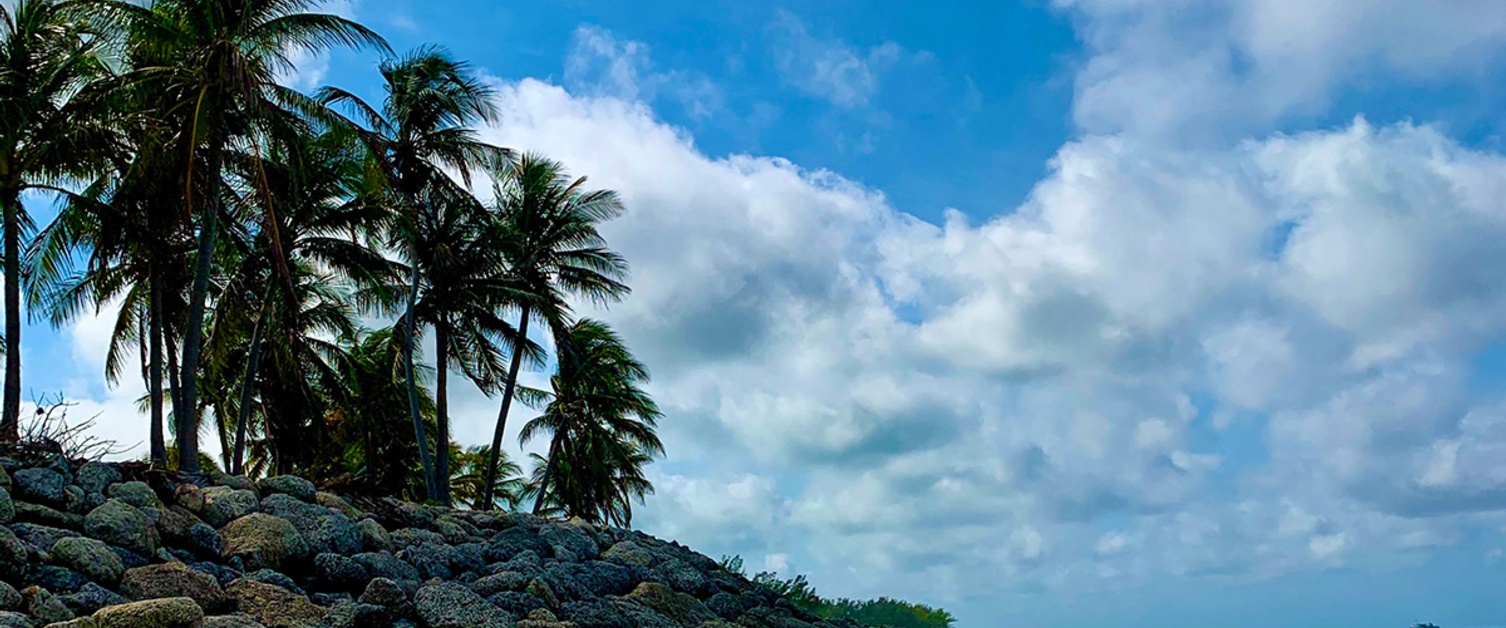Paleohurricane Records From The Bahamas
- By AMS Staff
- Feb 3, 2021
Can the past reveal the future of hurricanes? The record-breaking hurricane season of 2020 has been only one reminder of the critical role that hurricane modeling plays in saving lives and reducing impacts. Looking backwards in time may provide some new clues for how to move forward with identifying how hurricanes form and propagate within a changing climate.
So how do you look into the past of hurricanes?
A new publication through the American Geophysical Union by Elizabeth Wallace, Sloan Coats, Kerry Emanuel, and Jeffrey Donnelly took sediment cores from coastal basins to create a detailed hurricane record of the past using layers of sand as a reference.
The research team created a model that would mirror past hurricane patterns. They then generated 1,000 “pseudo” records of hurricane activity for the same time period as their sediment cores. Interestingly, none of the pseudo records showed the same peaks and valleys of hurricane activity as the actual sediment cores. Their model generated a wide variety of hurricane activity scenarios, leading them to conclude that climate was not the only factor involved. If larger scale climate processes were the main contributing factor to hurricane activity then the team argues that the pseudo records should have been much more similar to the actual paleohurricane record. Instead, their research reveals that for their sampling site in the Caribbean, local-regional weather has a distinct impact on hurricane activity and that larger datasets from a more extensive geographic area are necessary in order to identify climate impacts. This has important implications for predicting future hurricane activity and helps clarify the type and scale of data needed for understanding climate and hurricane interactions.
